Gallery Culture: 12 Amazing Pieces of Living Art
Art is life and life is art for a rising class of artists who use living things as their medium.
Gallery Culture: 12 Amazing Pieces of Living Art
Art is life and life is art for a rising class of artists who use living things as their medium.
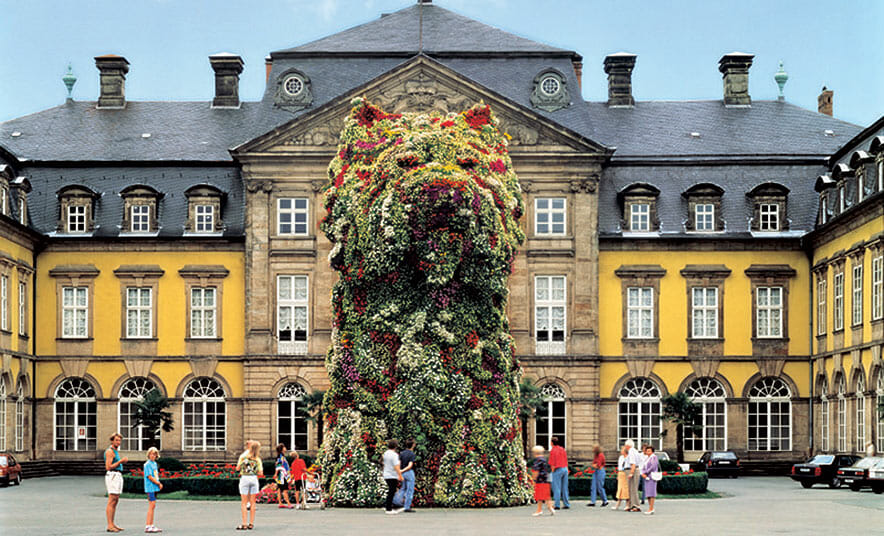
Various molds and potato
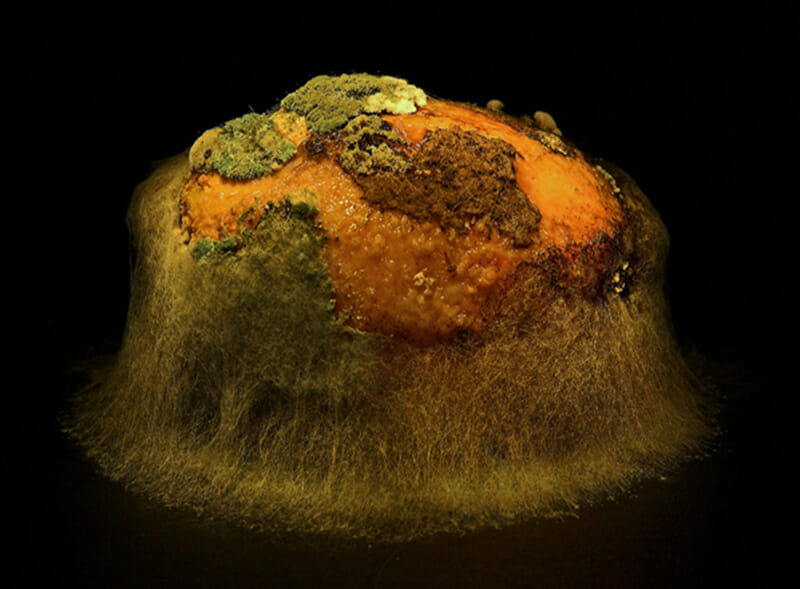
For most, a moldy potato found in the lost corner of the refrigerator causes a sprint to the trash can. But just such a rotten spud inspired Estonian artist Heikki Leis to let various fruits and vegetables decay for months before photographing the results for his “Afterlife“series. While the photos are not appetizing, they will mesmerize.
Custom grown mushroom blocks
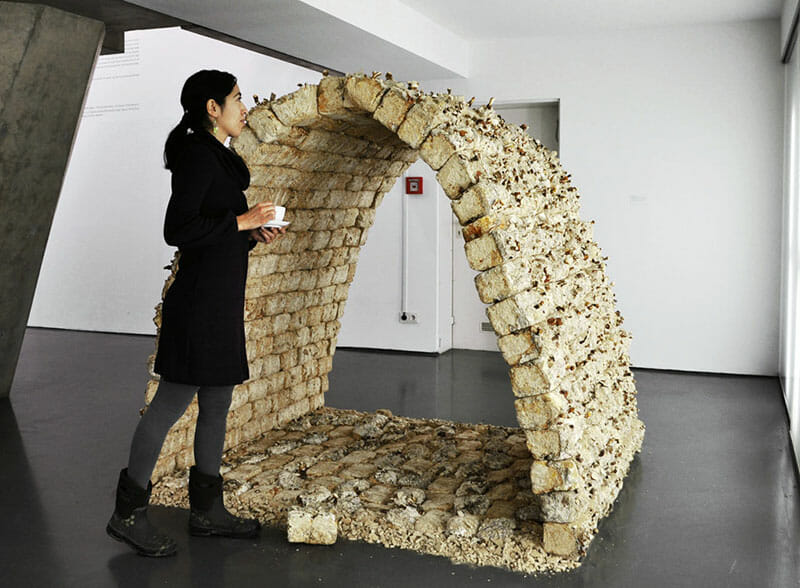
About time we had a room made of mushrooms. Artist Philip Ross made the building blocks for “Mycotecture Alpha” from mushrooms and pasteurized wood chips. The combination works like a biological version of concrete, assuming the shape of any mold. As Ross hopes to eventually build an entire house out of fungal bricks, Ecovative Design is already molding packaging and insulation with the help of fungus.
Dairy products and human bacteria

Need help making a fresh batch of cheese? Look no further than the little buddies between your toes. For a synthetic biology exhibit at The Science Gallery at Trinity College Dublin, Christina Agapakis and Professor Sissel Tolaas sampled bacteria from mouths, navels, toes and tears to coagulate milk into a set of 11 unique cheeses which visitors are welcome to smell (but not taste).
Mouse cells, firefly DNA, metal, glass
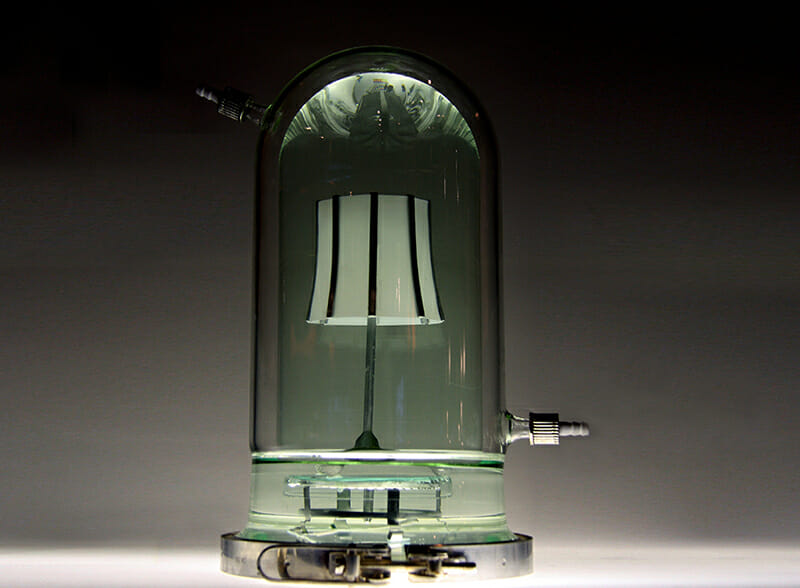
Gas lamps in 1870, incandescent lights in the 1880s, florescent bulbs in the 1920s, LEDs in 2013 and living luminescent cells in 2050? Joris Laarman Labs already has a working model, but hopes the project only gets us thinking about the possibility of living appliances. A layer of hamster cells spliced with firefly DNA on the lamp shade to produce a bio-luminescent enzyme. Don’t worry, no hamsters were harmed in the process. Laarman modified embriotic hamster cells that scientists have kept alive for over 50 years.
Moss on urban wall
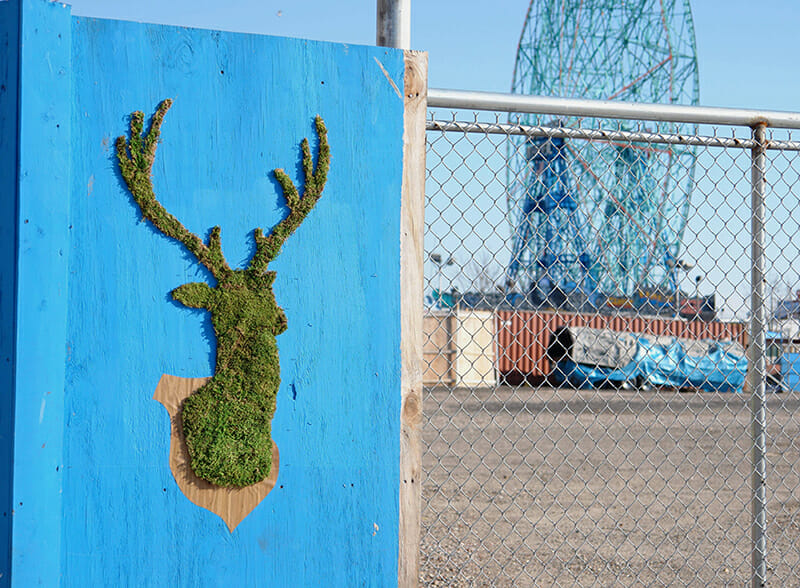
Bansky has some living competition. Edina Tokodi’s installations are basically graffiti, but instead of using paint, the artists tames moss and plants into certain shapes that live on outdoor walls in New York City. She hopes bringing some green to a concrete jungle will get city dwellers thinking about their connection to nature.
Bacteria, Petri dishes and fiber optics
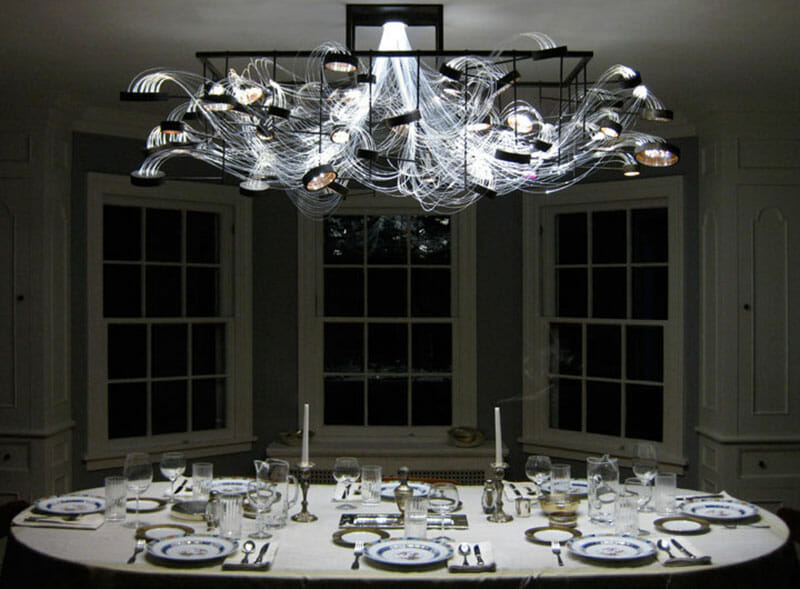
The chandelier is alive! But so are the millions of microbes clinging to every surface in the American home. The Bacterioptica chandelier literally highlights a house’s microscopic ecosystem by channeling light into Petri dishes with fiber optic cables. The quality of the light changes as the bacteria grows and evolves.
Fish, plants, glass, water pump and joints
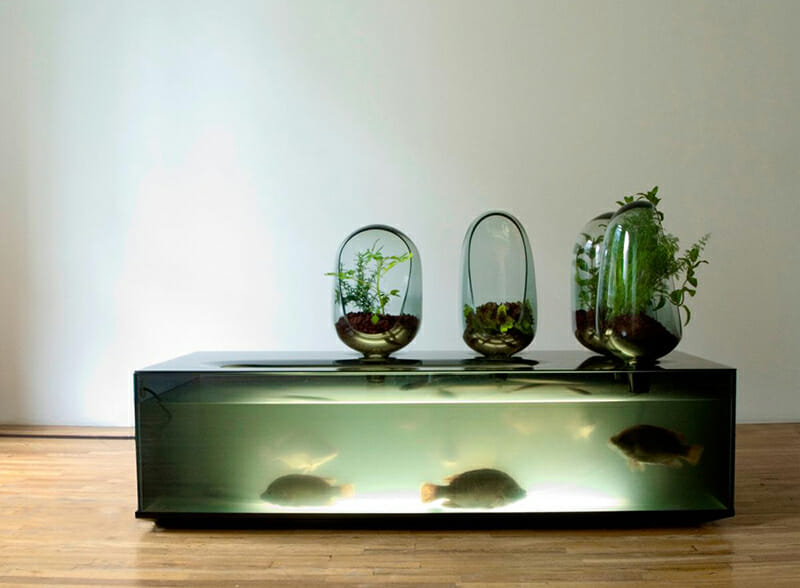
You can’t get much more local than fish and greens grown in your own living room. Picking up on a method used at innovative talapia farms, Local River combines fish farming with hydroponics. As plants extract nutrients from nitrogen-rich fish poop, they also balance the chemistry of the fish tank, creating a productive eco-system for the benefit of the kitchen table.
Beeswax, glass and aluminum

While we already covered the amazing work LibertÁny did for the London Olympics, he must be mentioned in any list of living art. LibertÁny sculpts with the help of bees. The artist invites a colony to build honeycomb structures over shapes he designs. He hopes the results get people thinking about the risks of colony collapse disorder around the world.
Cut tobacco leaves in solution
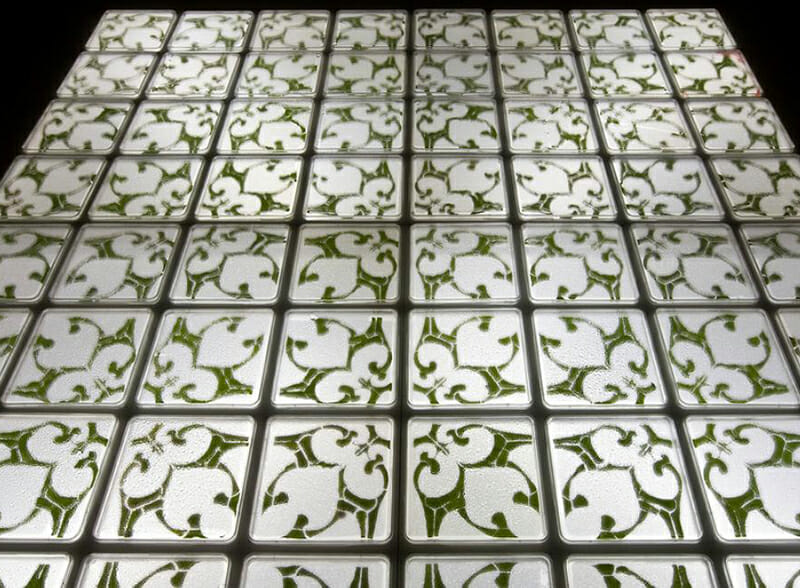
To make the piece, Kudla arranged pieces of dry-cut tobacco leaves into symmetrical pattern in a set of tilled Petri dishes containing a solution that promotes plant growth. Over time, the tiles shift from identical arabesques to unique examples of growth and decay — a process Kudla managed to document in this mesmerizing video.
Yogurt, honey, nurses and hungry people
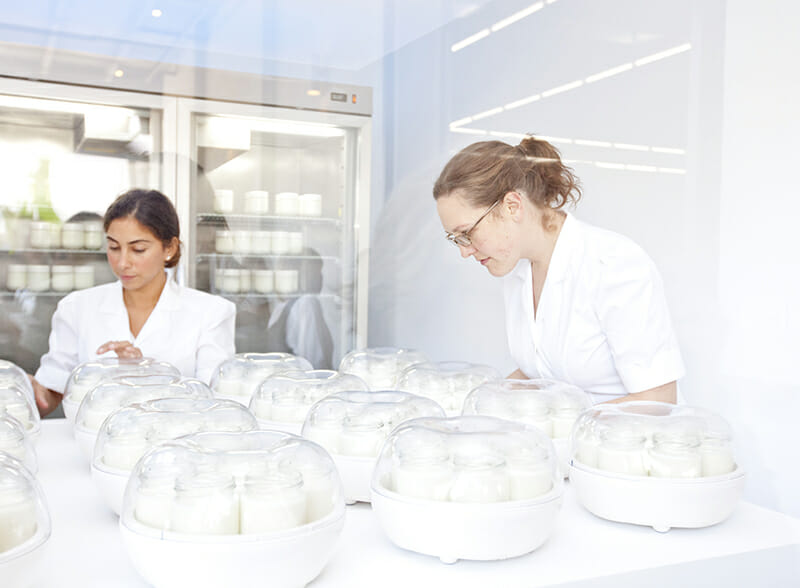
Incubation involves two nurses making yogurt in space designed to look like a hospital nursery. Every few minutes, they deliver some yogurt to viewers outside who could then sweeten their meal under a drizzle of honey. Rebell hopes the piece helped people think about the patience involved with creativity and, when the time comes, enjoy a cup of delicious yogurt.
Trained tree

Peter Cook is a master of tree shaping. His chairs take seven to eight years of careful attention and shaping, but the results are the perfect resting place for the tired gardener. His other trained creations include coffee tables, tree people and mirror frames, all of which can be viewed on the Pooktre website.
Steel and flowers

Just this month, Koon’s Balloon Dog earned the title of most expensive piece of art by a living artist when it sold at auction for $58.4 million. Koon is just as well known for Puppy, a 43-foot topiary sculpture of a West-highland White Terrier covered in a variety of colored flowers. The decked-out dog greets visitors to the Guggenheim Museum in Bilboa.
Follow us
This work is licensed under a Creative Commons Attribution-NoDerivatives 4.0 International License.
Want to republish a Modern Farmer story?
We are happy for Modern Farmer stories to be shared, and encourage you to republish our articles for your audience. When doing so, we ask that you follow these guidelines:
Please credit us and our writers
For the author byline, please use “Author Name, Modern Farmer.” At the top of our stories, if on the web, please include this text and link: “This story was originally published by Modern Farmer.”
Please make sure to include a link back to either our home page or the article URL.
At the bottom of the story, please include the following text:
“Modern Farmer is a nonprofit initiative dedicated to raising awareness and catalyzing action at the intersection of food, agriculture, and society. Read more at <link>Modern Farmer</link>.”
Use our widget
We’d like to be able to track our stories, so we ask that if you republish our content, you do so using our widget (located on the left hand side of the article). The HTML code has a built-in tracker that tells us the data and domain where the story was published, as well as view counts.
Check the image requirements
It’s your responsibility to confirm you're licensed to republish images in our articles. Some images, such as those from commercial providers, don't allow their images to be republished without permission or payment. Copyright terms are generally listed in the image caption and attribution. You are welcome to omit our images or substitute with your own. Charts and interactive graphics follow the same rules.
Don’t change too much. Or, ask us first.
Articles must be republished in their entirety. It’s okay to change references to time (“today” to “yesterday”) or location (“Iowa City, IA” to “here”). But please keep everything else the same.
If you feel strongly that a more material edit needs to be made, get in touch with us at [email protected]. We’re happy to discuss it with the original author, but we must have prior approval for changes before publication.
Special cases
Extracts. You may run the first few lines or paragraphs of the article and then say: “Read the full article at Modern Farmer” with a link back to the original article.
Quotes. You may quote authors provided you include a link back to the article URL.
Translations. These require writer approval. To inquire about translation of a Modern Farmer article, contact us at [email protected]
Signed consent / copyright release forms. These are not required, provided you are following these guidelines.
Print. Articles can be republished in print under these same rules, with the exception that you do not need to include the links.
Tag us
When sharing the story on social media, please tag us using the following: - Twitter (@ModFarm) - Facebook (@ModernFarmerMedia) - Instagram (@modfarm)
Use our content respectfully
Modern Farmer is a nonprofit and as such we share our content for free and in good faith in order to reach new audiences. Respectfully,
No selling ads against our stories. It’s okay to put our stories on pages with ads.
Don’t republish our material wholesale, or automatically; you need to select stories to be republished individually.
You have no rights to sell, license, syndicate, or otherwise represent yourself as the authorized owner of our material to any third parties. This means that you cannot actively publish or submit our work for syndication to third party platforms or apps like Apple News or Google News. We understand that publishers cannot fully control when certain third parties automatically summarize or crawl content from publishers’ own sites.
Keep in touch
We want to hear from you if you love Modern Farmer content, have a collaboration idea, or anything else to share. As a nonprofit outlet, we work in service of our community and are always open to comments, feedback, and ideas. Contact us at [email protected].by Sam Brasch, Modern Farmer
November 29, 2013
Modern Farmer Weekly
Solutions Hub
Innovations, ideas and inspiration. Actionable solutions for a resilient food system.
ExploreExplore other topics
Share With Us
We want to hear from Modern Farmer readers who have thoughtful commentary, actionable solutions, or helpful ideas to share.
SubmitNecessary cookies are absolutely essential for the website to function properly. This category only includes cookies that ensures basic functionalities and security features of the website. These cookies do not store any personal information.
Any cookies that may not be particularly necessary for the website to function and are used specifically to collect user personal data via analytics, ads, other embedded contents are termed as non-necessary cookies.